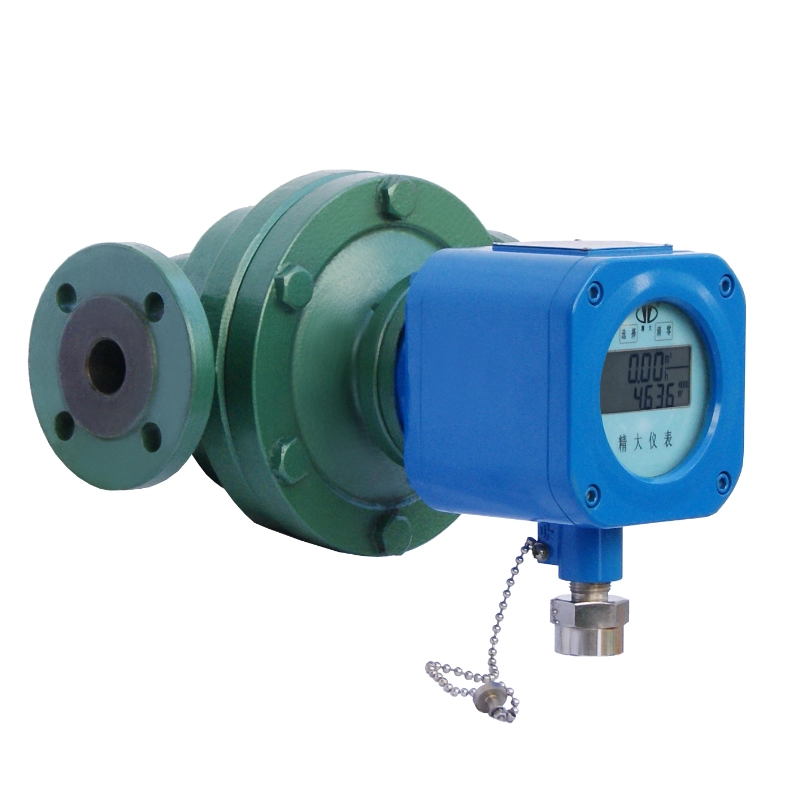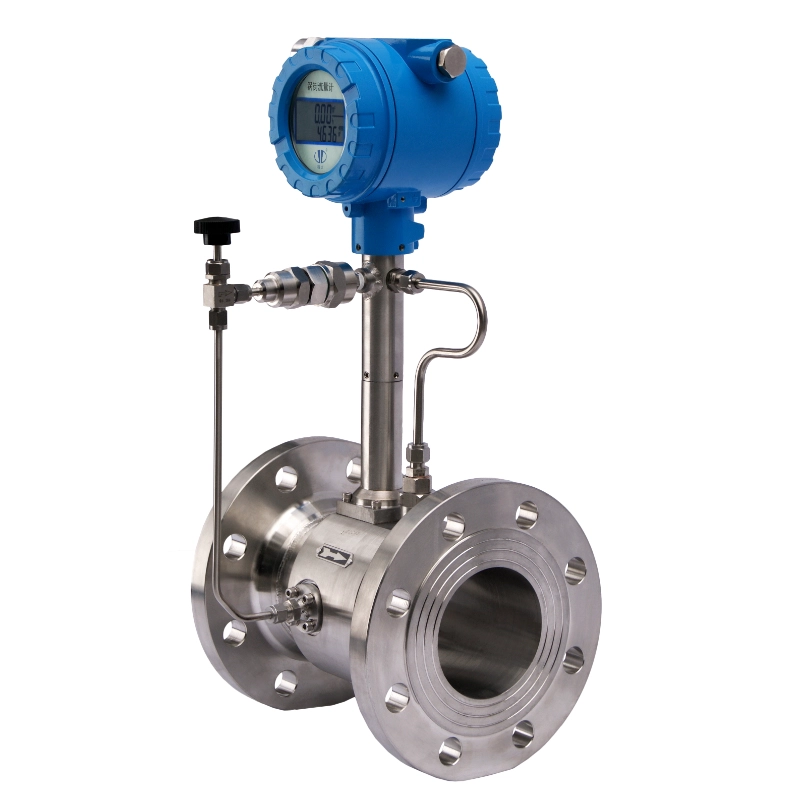Working principle of oval gear flow meter
Release time: 2025-04-12
The oval gear flow meter is one of the typical volumetric flowmeters, which is used to measure the flow of liquid filling the pipeline under a certain pressure. t has the characteristics of simple structure, reliable use, high accuracy, no special requirements for the flow field in the inlet and outlet pipelines, and a wide viscosity range and flow range of the measured medium. Therefore, it is widely used in liquid flow detection in industrial and commercial sectors such as petroleum, chemical, pharmaceutical, transportation, and food. Here’s a breakdown of how it works:
1. Fluid Enters the Meter:
The fluid to be measured enters the flow meter through an inlet port, flowing into the cavity where the oval gears are located.
2. Oval Gears Rotate:
The fluid pressure causes the two oval gears (often made of materials like stainless steel or composite materials for durability) to rotate. The gears are positioned in such a way that they mesh with each other, creating sealed chambers as they rotate.
As the fluid enters the chamber between the oval gears, it pushes the gears, making them rotate in the direction of the flow.

3. Fluid Displacement:
The rotation of the oval gears displaces a precise volume of fluid with each revolution. The space between the gears fills with a fixed amount of fluid, and each rotation of the gears corresponds to the passage of that fixed volume.
4. Counting the Revolutions:
The number of rotations of the oval gears is proportional to the volume of fluid flowing through the meter. The gears are connected to a sensor (typically a magnetic or optical sensor), which counts the number of gear rotations.
Each time the oval gears make a full rotation, a precise amount of fluid has passed through the meter, so counting the rotations directly correlates to measuring the total flow.
5. Output Signal:
The sensor generates an electronic signal (usually a pulse) for each revolution of the gears. The frequency of these pulses is then used to calculate the flow rate, as the number of pulses per unit of time corresponds to the flow rate (typically in liters per minute or gallons per minute).
The flow meter electronics can convert this signal into a digital or analog output for process control systems or monitoring purposes.
6. Key Characteristics:
High Accuracy: Digital oval gear flow meters are known for their high accuracy and precision, making them suitable for applications where exact flow measurement is required.
Positive Displacement: Since it measures the volume of fluid passing through it based on mechanical displacement, it’s not affected by changes in temperature, pressure, or fluid viscosity (within a specified range).
Bi-Directional Flow: Industrial oval gear flow meter can measure flow in both directions, which is useful for systems where fluid flow may reverse.
Versatile Applications: These flow meters are suitable for a wide range of applications, including measuring thick or viscous fluids like oils, paints, or chemicals.
In summary, oval gear flow meters work by using the rotation of two oval-shaped gears to displace a fixed volume of fluid. The number of rotations correlates with the flow rate, providing an accurate and reliable measurement for a wide range of applications.

